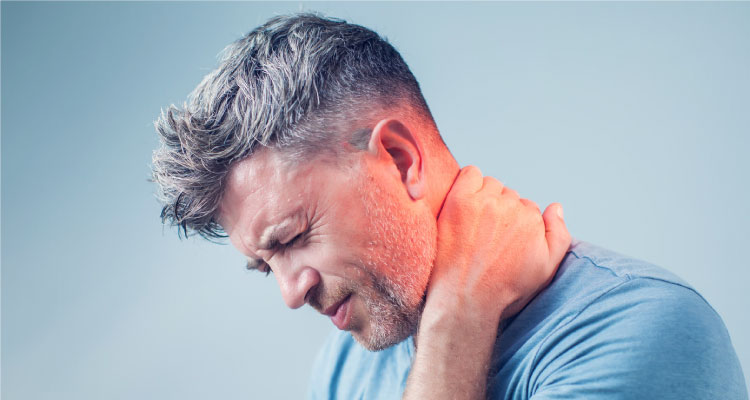
Spinal stenosis is a type of narrowing of the spaces within the spine which is likely to put pressure on the nerves that travel through your spine. The condition occurs most often in the lower back and neck. Some people with the disease might not have the symptoms, while others might experience tingling, numbness and pain. Spinal stenosis is commonly caused due wear and tear changes in the spine related to osteoarthritis. In some cases of spinal stenosis, doctors might recommend surgery to create additional space for the spinal cord or the nerves.
Cervical Canal Stenosis
Cervical canal stenosis is similar to spinal canal stenosis but affects the neck region of the spine. The narrowing of the cervical canal can be caused by degenerative changes, such as spinal osteoarthritis or herniated discs, or by a traumatic injury to the neck. Symptoms of cervical canal stenosis include neck pain, numbness, and weakness in the arms or legs.
Symptoms of Canal Stenosis
Some people might have evidence of spinal stenosis through MRI or CT scan but may not have symptoms. They often start gradually. When they do occur, numbness or tingling in hands or legs is seen when you have a cervical spine. It might also result in problems with walking and balance. Lumbar spine issues include numbness or tingling in the leg and weakness in the foot or leg.
Causes of Canal Stenosis
The spine runs from the neck to the lower back, and the bones of the spine have a spinal canal that protects the spinal cord. Some people are generally born with a small spinal canal, but most people have spinal stenosis, which occurs when something happens to narrow the open space in the spine. The spinal canal causes include overgrowth of the bone, like damage from the osteoarthritis on the spinal bones that prompt the formation of bone spurs that lead to the spinal canal. In addition, thick ligaments or the tough cords help hold the spine's bones together, which can become stiff and thick and time.
Diagnosis of Canal Stenosis
Dr Sk Rajan might ask you about some signs or symptoms, discuss your medical history, and conduct a physical examination to diagnose spinal stenosis.
The imaging tests include X rays where an X-ray of the bag can reveal the Bony changes like the bone spurs that might be narrowing in space within the spinal canal. MRI uses a powerful magnet and radio waves that produce cross-sectional images of the spine.
Treatment of Canal Stenosis
The treatment of spinal stenosis depends on the location of the stenosis and the severity of the symptoms and signs. You need to connect with your doctor about the best treatment for the situation. If your symptoms are mild or you aren't experiencing any, the doctor might monitor the condition with regular follow-ups. They might also offer self-care tips that you can follow at home.
The doctors might also suggest you go for pain medications over the counter. In addition, physical therapy is indicated for people who have spinal sinuses is to become less active, and it is an effort to reduce the pain.


